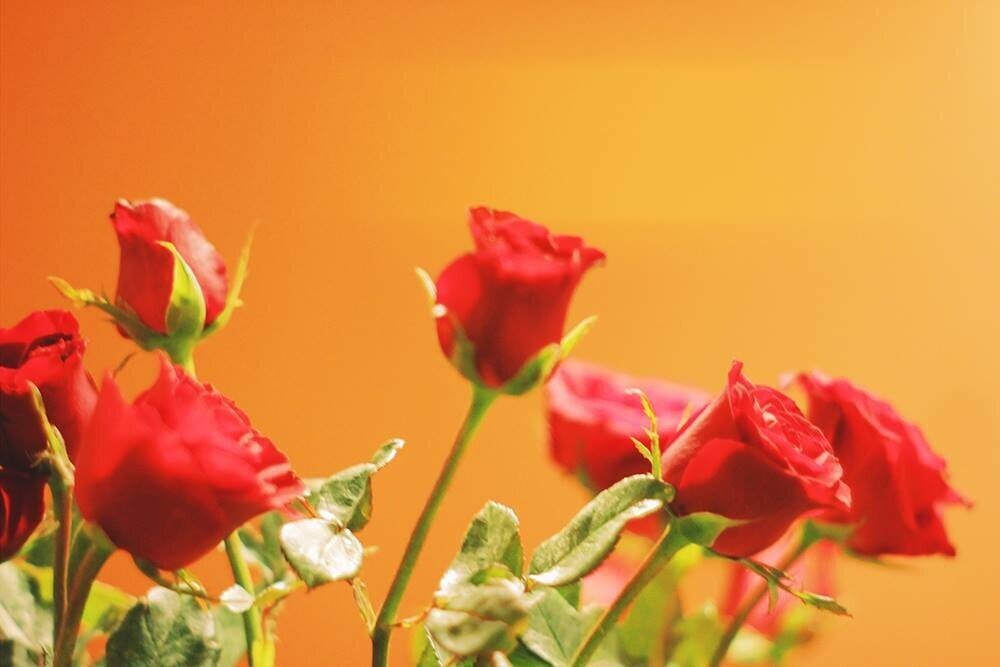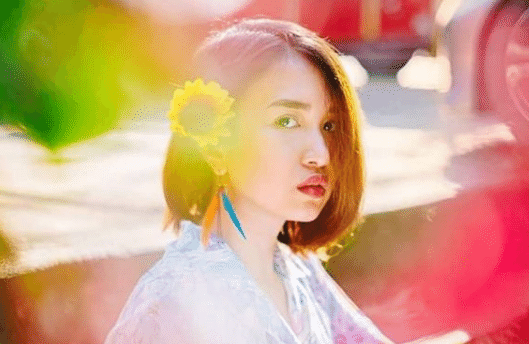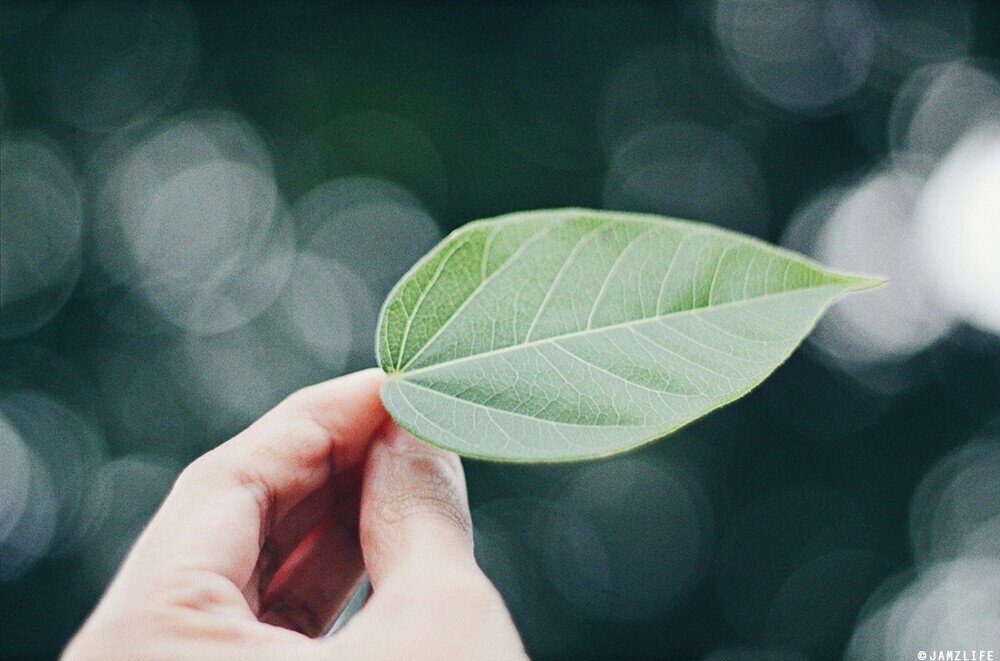
Understanding APERTURE 🌿✨⚡❗
What Is An Aperture?
An aperture is the variable opening in a lens that allows light through. If you were to hold up a lens from an SLR camera and look through it from the rear, you would see the aperture sintered midway between the front and rear lens elements. Series This variable opening determines the amount of light that falls on the film or sensor. Of overlapping metal blades called an iris diaphragm allows the size of the aperture to vary from nearly the full diameter of the lens to just a small hole.
For SLR lenses, this aperture size can be changed via the aperture ring on the lens. Alternatively, on most consumer-level digital cameras with fixed lenses, you can adjust the aperture via the dials on the camera.

There are two key reasons for having a variable aperture. The first, as mentioned, is to vary the amount of light passing through the lens so as to achieve the desired exposure when using different shutter speeds. Another is to affect the depth of field in the resulting images.
Although apertures are variable circles, they are not measured by a linear scale like the length of their diameter or radius. The numbers are measured by how a change in the size of the aperture will affect the amount of light being allowed to pass through the lens However, this is dependent on both the size of the aperture and the focal length
In other words, aperture settings are expressed as the ratio of the aperture diameter to the focal length of the lens. There ratios are represented by relative values known as The f-numbers system is a universal standard, and as such, irrespective of their focal lengths or manufacturers, two different lenses with an aperture settings of F / 2.8 will let the same amount of light through.

"LENS SPEED"
When one talks about "lens speed," this is in reference to the aperture of a lens. A lens with a wide maximum aperture like F / 1.4 is "fast" because it is able to let in more light, even Fast lenses are typically ideal for low-light and action photography. When the photographer uses a faster shutter speed to achieve the desired exposure for his shots.

Calculating F-Numbers.
F-numbers, or f-stops, are calculated by dividing a lens' aperture diameter by its focal length. For example, a lens that has an aperture diameter of 20mm and focal length of 160mm will have a matching brightness. . as another lens with an aperture of 10mm and a focal length of 80mm.
This is because, in both cases, dividing their aperture diameter by the focal length will give you the same ratio --1/8. The ratio is always expressed in fraction form for convenience's sake to create less confusion among users.

With f-numbers expressed as fractions of focal lengths, the f-number for the aperture settings will be written as f / 8 or F8. As such, a higher numerical f-value would indicate a smaller relative aperture.

What are the uses for different apertures?
The first thing to note is that there are no rules when it comes to choose an aperture – it depends greatly on whether you are going for artistic effect or to accurately reproduce a scene in a photo.

To best make these decisions, it helps to have a good knowledge of traditional uses for the apertures listed below.
F / 1.4: This is great for shooting in low light, but be careful of the shallow DoF. Best used on shallow subjects or for a soft focus effect.
F / 2: This range has much the same uses, but an f / 2 can be picked up for a third of the price of an f / 1.4.
F / 2.8: Still good for low light situations, but allows for more definition in facial features as it has a deeper DoF. Good zoom lenses usually have this as their widest aperture.
F / 4: As autofocus can be temperamental, this is the minimum aperture you'd want to use when taking a photo of a person where there is decent lighting – you risk the face going out of focus with wider apertures.
F / 5.6:Good for photos of 2 people, not very good in low light conditions though, so best to use a bounce flash.
F / 8: This is good for large groups as it will ensure that everyone in the frame remains in focus.
F / 11 : This is often where your lens will be at its sharpest so it's great for portraits.
F / 16: Shooting in the sun requires a small aperture, making this is a good'go to'point for these conditions.
F / 22: Best for landscapes where noticeable detail in the foreground is required.
These are only guidelines. Now that you know exactly how the aperture will change a photo, you can experiment yourself and have fun with it! :)
Depth Of Field As A Creative Tool
Defined as the portion of an image that appear in focus, depth of field is a powerful element in photography. ^ _ ^

(play around with DOF to depict subject) If you wish to draw attention to something in particular, using a shallower depth of field can highlight the particular subject, leaving the background off-focus. This concept, also commonly known as "bokeh," is especially useful for portraits and floral photography.

On the flipside, when it comes to shooting landscapes or architecture, it's best to adopt the maximum depth of field possible. At times, this could come at the expense of smaller aperture accompanied by longer shutter speeds. This will definitely call on the use of tripods to keep your images clear and sharp. Know your situation and do not focus on the horizon or on an item at the foreground when shooting landscapes. :)

As with most things in your camera, when you change one thing, you change something else at the same time. When you widen the aperture, you allow more light into your camera, but you also make the depth of field shallower, and vice versa Aperture is a confusing one, with all those numbers that seem to not mean anything, but if you can learn the scale, and then go out take some photos for a couple of hours, you'll soon learn how it works ..
Tip: If you increase your aperture you will lose sharpness baby ^ _ ^
I hope you enjoy reading the 3rd part of digital photography basics.
--juley
